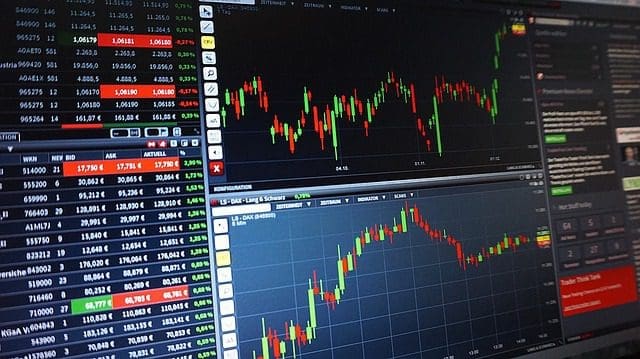The Middle Eastern market is complex and diverse, offering investors plenty of opportunities to capitalize. The region has something for everyone, from its high-growth economies to its stable investment environment. But before investing in this region, understanding its key markets is essential. Here’s an overview of some of the leading regional markets:
Saudi Arabia
As one of the Middle East’s largest and most robust economies, Saudi Arabia is an attractive destination for investors because of its oil wealth and low taxes. It has recently opened up to foreign direct investment (FDI) and encouraged regional trade via initiatives such as Vision 2030. The government also recently announced that it would be launching a domestic stock market index, the Tadawul All Share Index.
The United Arab Emirates (UAE)
The UAE has long been a hub of economic activity and is home to some of the most developed financial markets in the region. Its two most important financial centers are Dubai and Abu Dhabi, which account for over 50 percent of the national GDP. The area is also home to several free-trade zones like Jebel Ali Free Zone and Dubai International Financial Centre that offer incentives such as tax exemptions and relaxed foreign ownership rules.
Qatar
Qatar is one of the wealthiest countries in the world, with a strong banking sector. Ithas become an increasingly attractive destination for investors seeking diversified portfolios with growth potential. Qatar’s sovereign wealth fund, Qatar Investment Authority (QIA), has invested heavily in the country’s infrastructure and public sector, helping to strengthen its economy. In addition, Qatar has a highly developed capital market with several stock exchanges, such as Qatar Exchange (QE) and Doha Securities Market (DSM).
Kuwait
The Kuwaiti economy is one of the strongest and most diversified in the Middle East. The government mainly focuses on economic development, announcing plans to establish a new free zone, ‘Silicon Oasis. Kuwait also has a robust financial system that includes two central banks; Bank of Kuwait and National Bank of Kuwait- and several smaller ones. It also boasts an active stock exchange, the Boursa Kuwait, that offers investors access to several stocks, bonds, and derivatives.
How to start trading in the Middle East
Starting to trade in the Middle East requires understanding the region’s economies, different markets, regulations, and mechanisms. Investors should carefully research each market before investing to ensure they know of any risks and opportunities.
To begin trading in the Middle East, investors must select a specific market to invest in. For example, this could be a stock exchange such as the Saudi Arabia Tadawul All Share Index (TASI) or Qatar Exchange (QE). Alternatively, investors may focus on a particular sector or theme with solid regional growth prospects.
Once an investor has chosen their preferred market, they must familiarise themselves with local regulations and find brokers or other financial institutions authorized to operate in their chosen country. Investors should also be aware of any tax implications related to their investments and investor protection laws that may be applicable.
Regarding actual trading, investors can start by opening an account with a reliable broker or financial institution and then funding it with enough capital for their intended investments. Depending on their risk appetite and financial goals, they should also consider diversifying their portfolios by investing in different asset classes, such as bonds, stocks, and derivatives.
Finally, before making any investments, investors need to understand the risks associated with trading in the Middle East and ensure they have an informed view of how best to navigate them. Doing this can help investors stay informed about local news developments and prepare for any potential market price fluctuations to make more informed decisions about when to buy or sell securities.
Conclusion
The Middle East is an essential region with plenty of opportunities for investors. Its robust economic fundamentals and highly developed markets present an excellent opportunity to diversify your portfolio. Understanding the critical markets in the region is essential before taking any investments, ensuring that you make informed decisions that meet your individual needs. By familiarising yourself with the regional markets, you’ll be able to capitalize on their potential and make the most out of your investments in this dynamic part of the world.
Featured Image by Csaba Nagy from Pixabay





